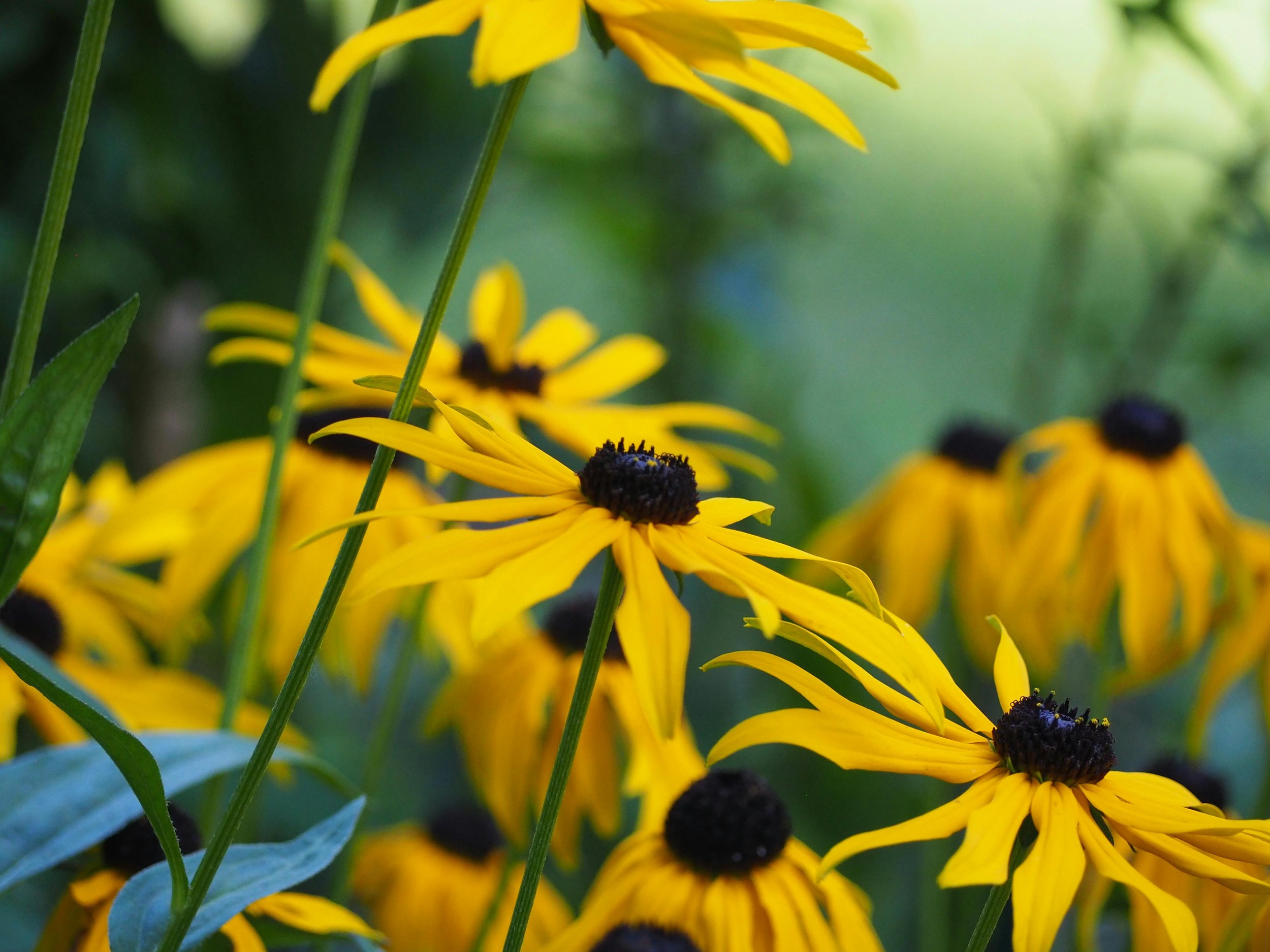Wild Quinine - Parthenium integrifolium
Parthenium integrifolium, or Wild Quinine, features a sturdy, upright form with rough, textured leaves and clusters of small, white, button-like flowers. Its distinctive, almost woolly, appearance and robust nature contribute to its visual appeal. Historically, preparations from this plant were employed for various health-related applications, though modern scientific validation is limited. In garden and prairie plantings, it serves as a valuable structural component, adding a unique texture and subtle color. Its drought tolerance and sturdy form make it ideal for creating resilient, naturalistic plantings. It provides a valuable mid-summer nectar source and contributes to the overall diversity and stability of prairie ecosystems.
Sun Exposure: Full
Soil Moisture: Medium-Dry, Dry
Bloom time: Summer
Height: 2-4ft
Wetland Status: UPL
Parthenium integrifolium, or Wild Quinine, features a sturdy, upright form with rough, textured leaves and clusters of small, white, button-like flowers. Its distinctive, almost woolly, appearance and robust nature contribute to its visual appeal. Historically, preparations from this plant were employed for various health-related applications, though modern scientific validation is limited. In garden and prairie plantings, it serves as a valuable structural component, adding a unique texture and subtle color. Its drought tolerance and sturdy form make it ideal for creating resilient, naturalistic plantings. It provides a valuable mid-summer nectar source and contributes to the overall diversity and stability of prairie ecosystems.
Sun Exposure: Full
Soil Moisture: Medium-Dry, Dry
Bloom time: Summer
Height: 2-4ft
Wetland Status: UPL
Parthenium integrifolium, or Wild Quinine, features a sturdy, upright form with rough, textured leaves and clusters of small, white, button-like flowers. Its distinctive, almost woolly, appearance and robust nature contribute to its visual appeal. Historically, preparations from this plant were employed for various health-related applications, though modern scientific validation is limited. In garden and prairie plantings, it serves as a valuable structural component, adding a unique texture and subtle color. Its drought tolerance and sturdy form make it ideal for creating resilient, naturalistic plantings. It provides a valuable mid-summer nectar source and contributes to the overall diversity and stability of prairie ecosystems.
Sun Exposure: Full
Soil Moisture: Medium-Dry, Dry
Bloom time: Summer
Height: 2-4ft
Wetland Status: UPL


















